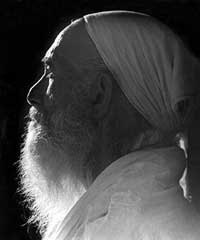Project vs Protest
 1949: Dam conceived
1949: Dam conceived
1961: Tehri chosen as tentative site
1967 to 1972: Sporadic protests begin
1972: Planning Commission go-ahead
1978: Construction begins under police protection; protests gather momentum
1980: Environmental Appraisal Committee (EAC) refuses clearance
1986: Diversion tunnels start operating; protestors storm dam site and stall work
1990: EAC disallows project again
1991: Quake measuring 6.6 on Richter scale rocks Uttarkashi. Seismic safety of the dam under the scanner
1992: Environmentalist Sunderlal Bahuguna goes on fast unto death. Work halted
1995: Bahuguna and supporters try to stop the work at dam site. Bahuguna goes on hunger strike. Another committee on seismic safety set up. Verdict fractured
1997: Bahuguna goes on a fast again
1997: Hanumantha Rao panel submits its report on rehabilitation. Moots major changes in policy
1999: Chamoli earthquake rekindles debate on dam safety
1999: Committee of secretaries gives green light
January 2001: Bhuj quake highlights seismic vulnerability
March 2001: Vishwa Hindu Parishad joins the anti-dam movement just as tunnels were to be closed.
April 2001: Government sets up Murli Manohar Joshi committee. Bahuguna goes on fast unto death but protest grows mild
December 2001: Joshi committee is yet to give its final report but gates of two diversion tunnels are closed and water level rises. Decks cleared for final stage.Two cases, pertaining to rehabilitation and environment, still pending in the Supreme Court
Related Content
- Status report by the state of Kerala on waste management and sanitation, 10/11/2022
- Storm water drain cleared of debris in village Khampur village, Delhi: Report to the NGT
- Working on a warmer planet: the effect of heat stress on productivity and decent work
- Indefinite stir launched against Chengottumala quarry project
- OCL public hearing postponed in Sundargarh
- Black flag protests continue in villages against green corridor project
